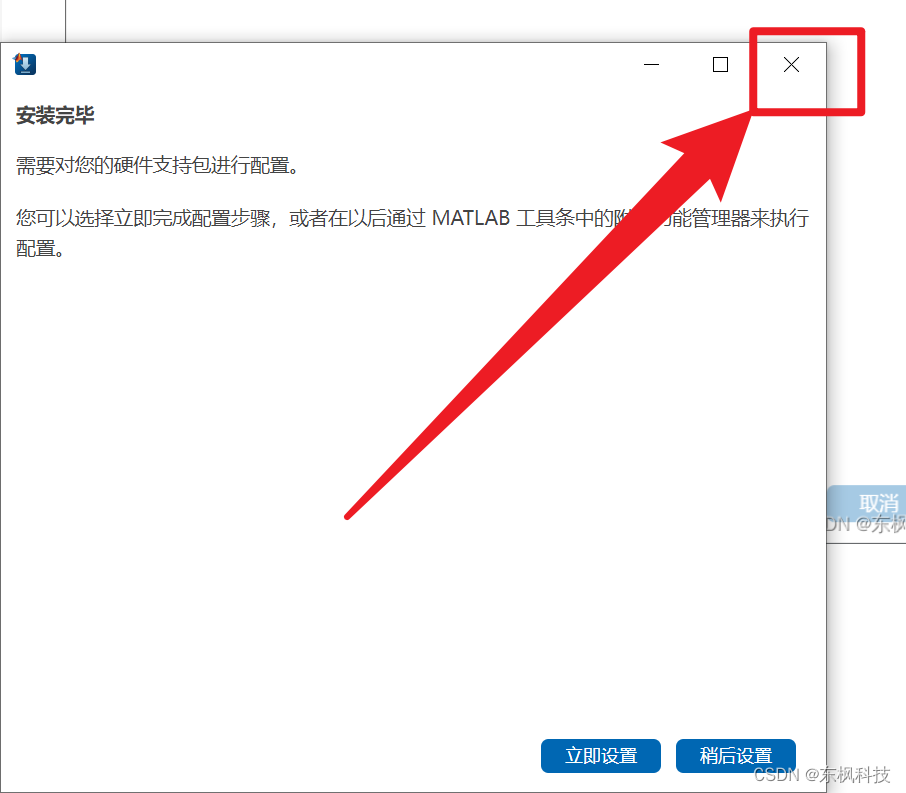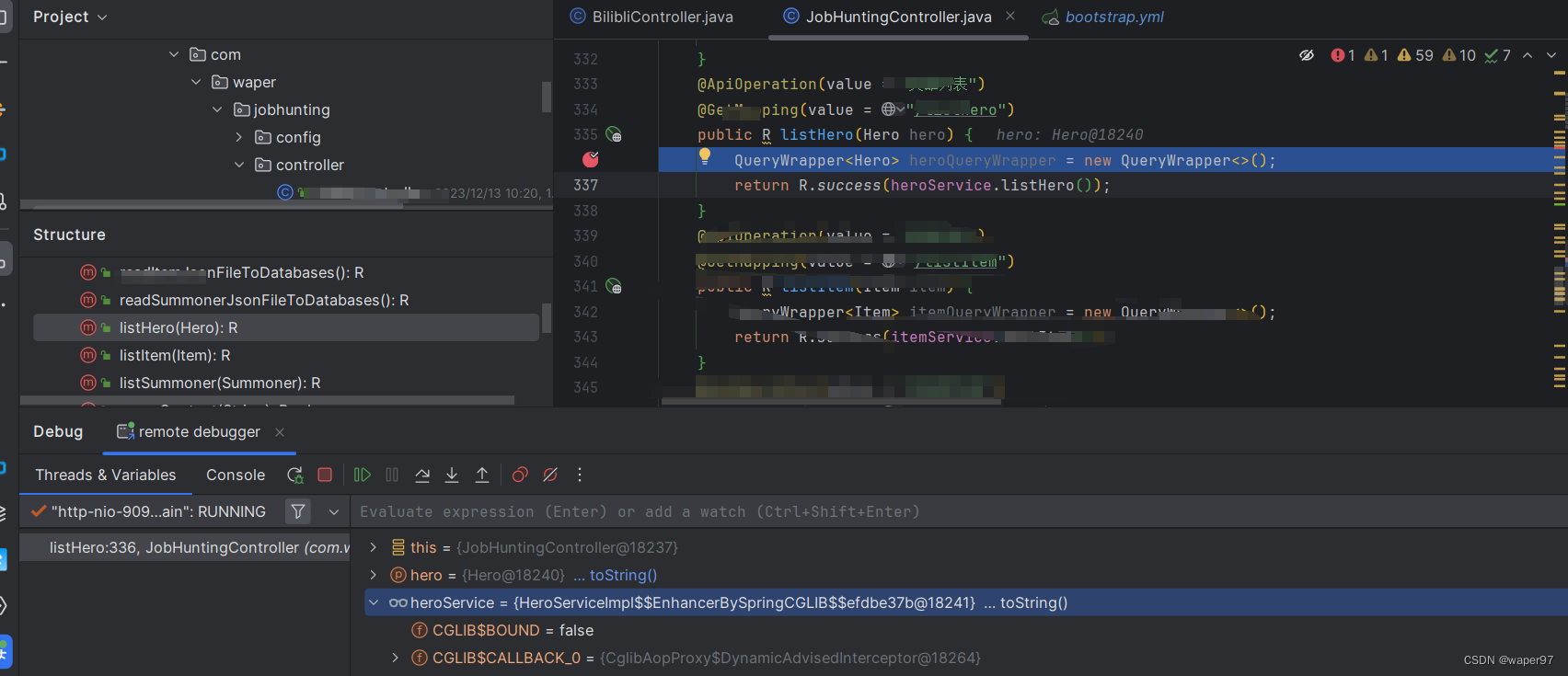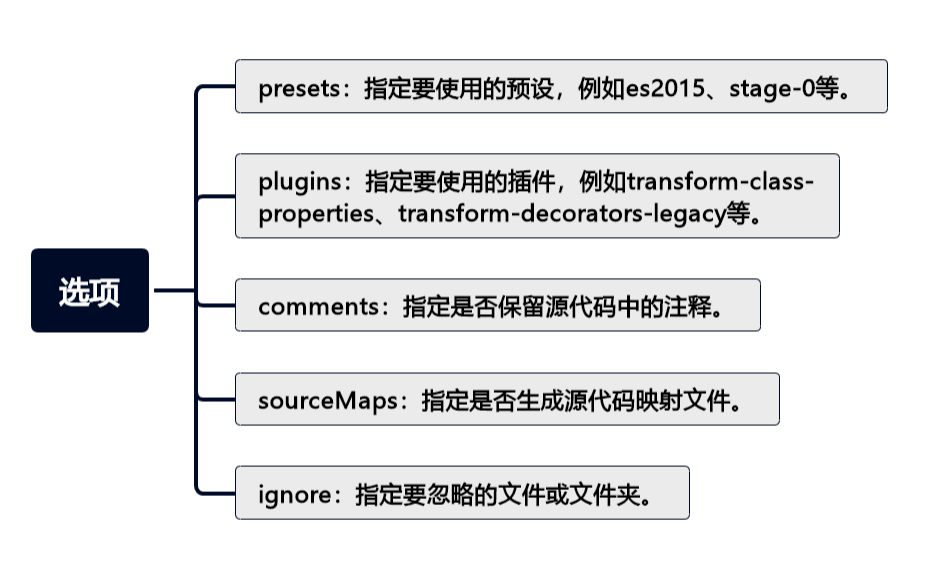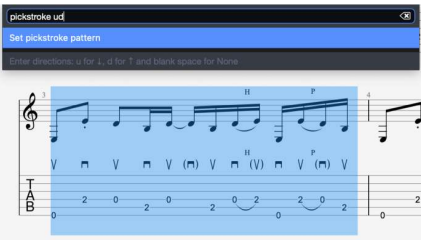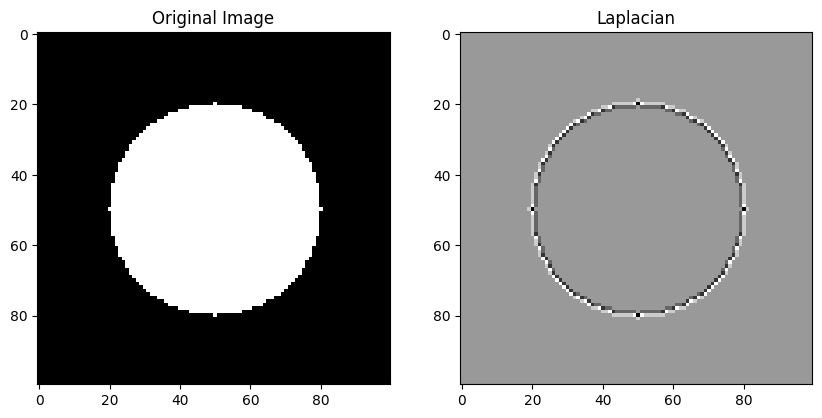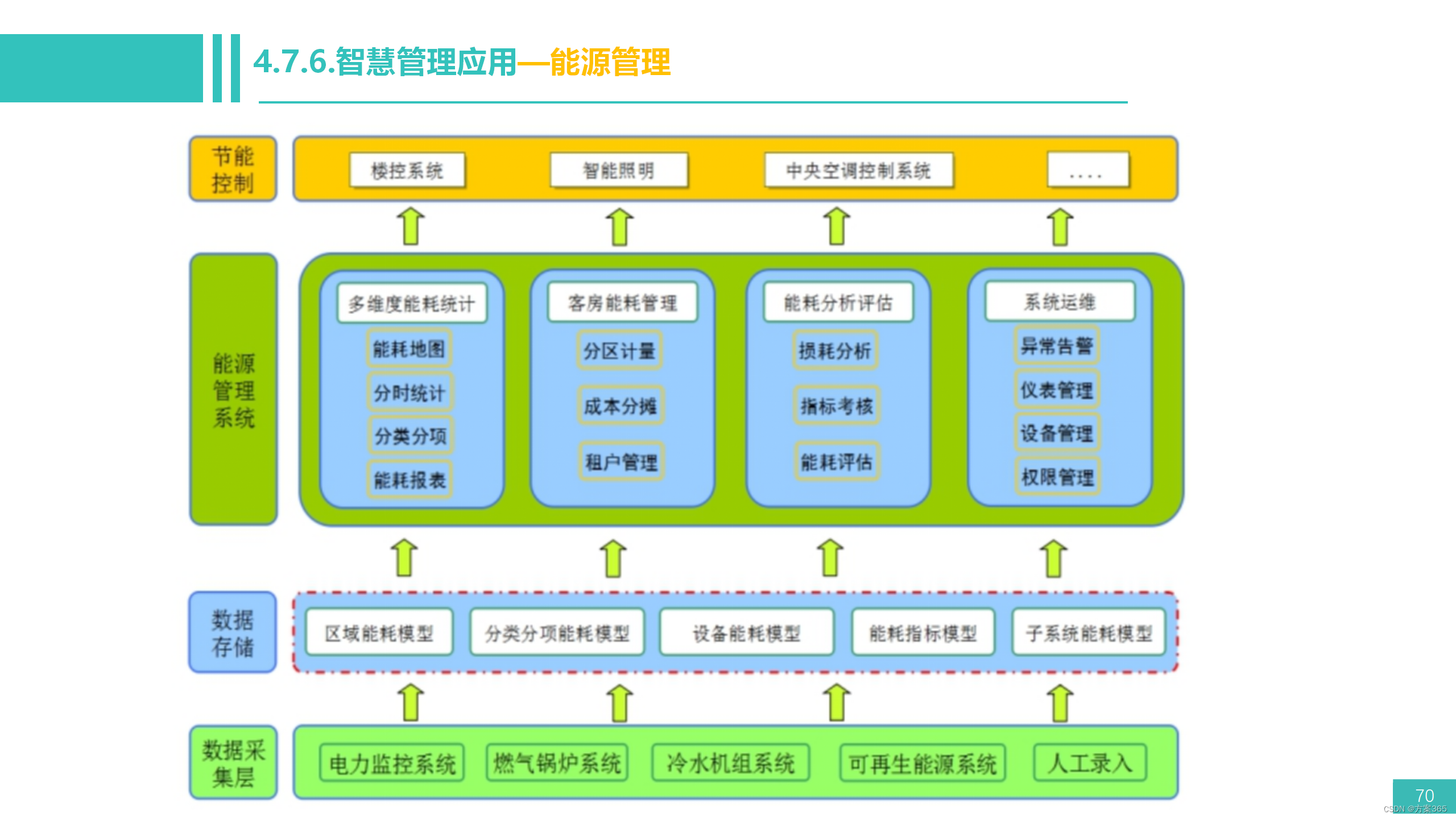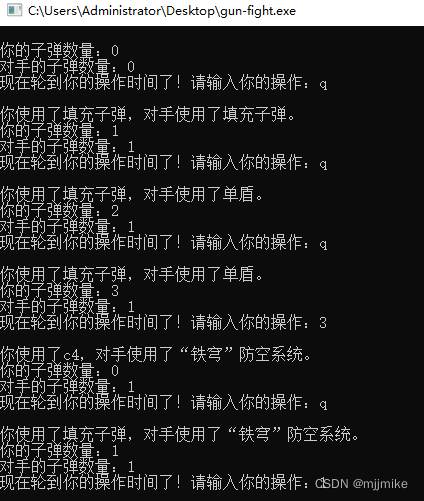在Python中,判断一个年份是否为闰年(Leap Year)的方法是:
- 如果年份能被4整除但不能被100整除,那么它是一个闰年。
- 如果年份能被400整除,那么它也是一个闰年。
基于以上规则,我们可以编写一个Python函数来判断一个年份是否为闰年:
def is_leap_year(year):
if year % 4 == 0:
if year % 100 == 0:
if year % 400 == 0:
return True
else:
return False
else:
return True
else:
return False
你可以调用这个函数来检查一个年份是否为闰年,例如:
print(is_leap_year(2022)) # False
print(is_leap_year(2020)) # True
完整代码:
def is_leap_year(year):
if year % 4 == 0:
if year % 100 == 0:
if year % 400 == 0:
return True
else:
return False
else:
return True
else:
return False
print(is_leap_year(2022)) # False
print(is_leap_year(2020)) # True
运行结果:
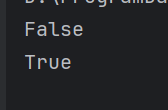
第二种写法
一个更简洁的写法:
def is_leap_year(year):
return (year % 4 == 0 and year % 100 != 0) or (year % 400 == 0)
# 使用函数
year = 2020
if is_leap_year(year):
print(f"{year} 是闰年")
else:
print(f"{year} 不是闰年")
在这个写法中,使用了逻辑运算符and和or来组合条件。如果年份能被4整除且不能被100整除,或者能被400整除,那么函数返回True,否则返回False。这种写法更加简洁,易于阅读和理解。
